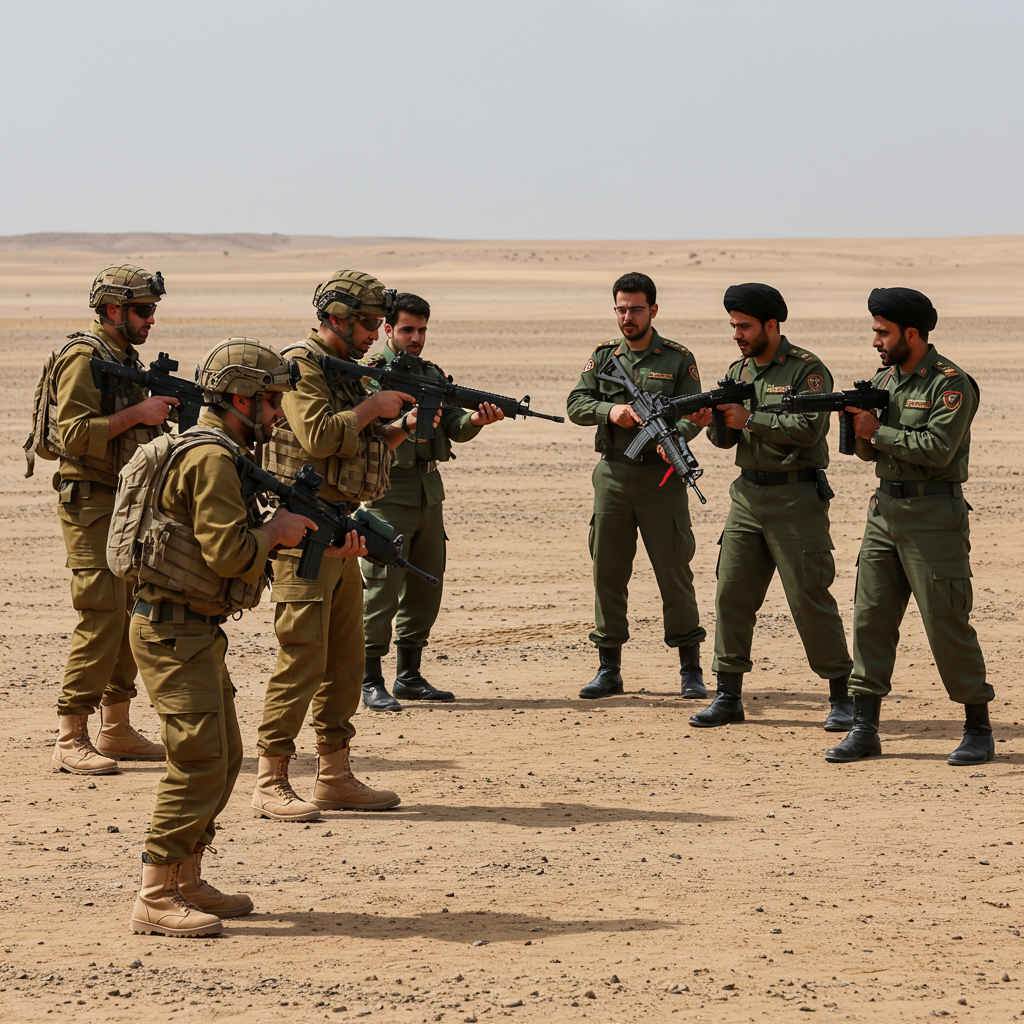A tragic incident unfolded on Canfield mountain near Coeur d’Alene, Idaho, on Sunday, June 29, 2025, when firefighters responding to a brush fire were deliberately ambushed. The attack resulted in the deaths of two firefighters and left a third critically injured. This heinous act has sent shockwaves through the community and highlighted the increasing dangers faced by first responders across the United States.
Authorities swiftly responded to the scene, ultimately locating the suspected lone gunman deceased. While a “shelter in place” warning was issued during the intense situation, it has since been lifted, though residents were cautioned that the wildfire itself remained active following the withdrawal of crews under fire.
Ambush on Canfield Mountain
The events began around 1:30 p.m. when fire personnel arrived to tackle a brush fire burning on the popular recreational slopes of Canfield Mountain. Approximately thirty minutes after they started working on the blaze, the situation turned deadly. Firefighters came under intense gunfire from a hidden assailant.
Kootenai County Sheriff Bob Norris confirmed that responders were specifically targeted. Investigators quickly concluded that the fire was intentionally set as a lure, creating a deliberate ambush scenario. The suspect is believed to have used high-powered sporting rifles to fire rapidly at the arriving crews, giving them, in the Sheriff’s words, “did not have a chance.”
Casualties and the Harrowing Scene
Three firefighters sustained gunshot wounds in the initial moments of the attack. All three were rushed to Kootenai Health hospital. Tragically, two firefighters were pronounced dead upon arrival. The third injured individual was initially in critical condition following surgery but was later reported to be in stable condition, described as “fighting for his life.”
The scene on Canfield Mountain became one of “sheer pandemonium.” Firefighters on the ground radioed urgent calls for help. Dispatch audio captured harrowing messages like, “Everybody’s shot up here … send law enforcement now.” One firefighter desperately warned others to stop approaching the area, stating he was “pinned.” The danger was immediate and severe, prompting deputies to be authorized to return fire.
Law Enforcement Response and Suspect Located
A massive multi-agency law enforcement response was immediately mobilized. SWAT teams, tactical and technical assets from the FBI and ATF, armored police vehicles, and helicopters, including one from US Customs and Border Protection, converged on the area. A no-fly zone was established over Canfield Mountain to protect the responding aircraft and personnel.
Authorities initially faced uncertainty regarding the number of shooters involved. However, based on preliminary evidence gathered, the Kootenai County Sheriff’s Office later concluded that there was likely only one gunman responsible for the attack.
Locating the Suspect
Tactical teams meticulously searched the rugged, wooded terrain of Canfield Mountain. They were able to hone in on the suspect’s location by utilizing cell phone data from the area. The suspected gunman was subsequently found deceased in a wooded section of the mountain, with a firearm discovered nearby. His identity and the specific type of weapon used were not immediately released by officials.
Sheriff Norris stated his belief that the suspect acted alone and that there is no ongoing threat to the community following his discovery. However, the investigation into the motive and full circumstances surrounding the incident remains active. Police revealed that a man had called 911 to report the fire but did not identify himself as the shooter; it is unclear if this caller was the suspect.
Broader Context and Reactions
This tragic attack on firefighters in a rural setting was described by Sheriff Norris as “very, very, very rare” compared to violence often seen in urban environments. However, it tragically fits into a disturbing national trend of increasing violence directed at first responders.
Examples cited in reports include an attack on medics in Tulsa earlier the same month, the fatal stabbing of an ambulance driver in Missouri the previous month, and the 2012 Webster, New York incident where four firefighters were killed in an ambush following arson. The International Association of Firefighters (IAFF) union condemned the Idaho attack as a “heinous act of violence” and an “ambush by a sniper,” mourning the loss of “two of our brothers.”
Official Condemnation
State and federal officials were quick to condemn the deliberate targeting of emergency personnel. Idaho Governor Brad Little described the event as a “heinous direct assault on our brave firefighters,” asking Idahoans to pray for the victims and their families. Agriculture Secretary Brooke Rollins and Department of Homeland Security Secretary Kristi Noem were also briefed on the shooting, expressing prayers and calling for justice.
A long-time resident of Coeur d’Alene, a city of around 56,000 people, expressed the deep shock felt locally, stating that such an event “has never happened here.” The incident prompted reflection on the “mental sadness” that could lead to such violence.
Aftermath and Ongoing Concerns
Following the lifting of the shelter-in-place order and the confirmation that the threat from the shooter was neutralized, attention turned to honoring the fallen. A solemn procession of fire and law enforcement vehicles escorted the bodies of the two deceased firefighters to Spokane, Washington, where they were met with salutes from onlookers.
Despite the resolution of the active shooter situation, residents were cautioned that the brush fire on Canfield Mountain remained active. The dense trees, heavy brush, and extensive trail network in the area complicated initial search efforts and posed challenges for firefighters who had to withdraw under fire. The incident serves as a stark reminder of the multifaceted dangers faced by those who rush towards emergencies to protect others.
Frequently Asked Questions
What happened in the Coeur d’Alene firefighter ambush?
On Sunday, June 29, 2025, firefighters responding to a brush fire on Canfield Mountain near Coeur d’Alene, Idaho, were ambushed by gunfire. Authorities believe the fire was intentionally set to lure first responders. Two firefighters were killed in the attack, and a third was critically injured but later reported stable.
Why was the Idaho shooting considered rare by officials?
Kootenai County Sheriff Bob Norris described the incident as “very, very, very rare” for a rural setting like Coeur d’Alene. He contrasted it with types of violence that might be anticipated in urban areas, emphasizing that such a deliberate, targeted ambush on first responders was highly unusual for the local community.
Are attacks on first responders increasing in the US?
Yes, the Idaho incident is tragically part of a broader reported trend of increasing violence against emergency personnel in the United States. News reports citing officials like Tulsa Fire Chief Michael Baker and statements from the IAFF union indicate an escalation in attacks on firefighters, medics, and other first responders in recent years.
The investigation into the motive behind the Canfield Mountain ambush continues as the community mourns the loss of two dedicated firefighters and supports the recovery of the third. This event underscores the critical need for vigilance and support for the brave men and women who serve on the front lines of emergency response.




